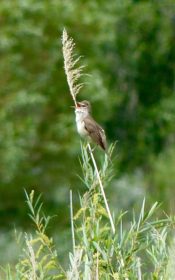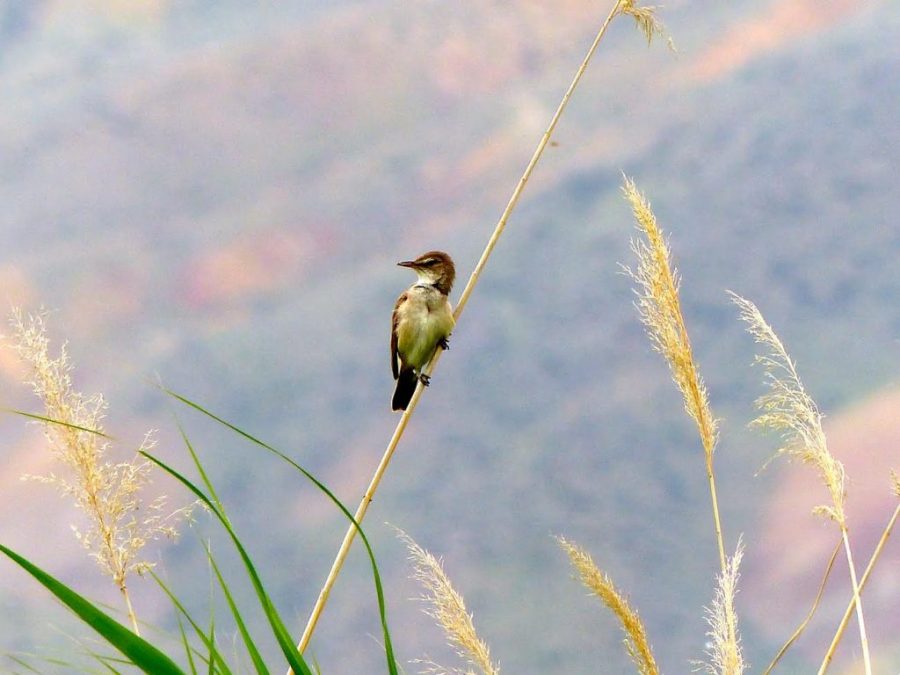Biologists from the U followed a species of songbird known as Great Reed Warblers from the Middle East to sub-Sahara Africa using lightweight geolocation technology.
The team from the U along with Turkish biologists from Kafkas University, KuzeyDoga Society and Turkey’s Ministry of Forestry and Water Affairs teamed up to study the migration of Great Reed Warblers from their original breeding grounds in eastern Turkey to sub-Saharan Africa, where the birds usually spend their winter. This species of bird is categorized as migratory wetland birds, which are generally found in the reed beds near water.
One of the reasons these birds were chosen for research was because they are wetland birds.
“Wetland birds are among the most threatened birds on earth. Two-thirds of all wetland species are threatened with extinction. By tracking Great Reed Warblers, which rely on wetlands but are not endangered, we can identify important regions for other more threatened species,” said Joshua Horns, a graduate student involved in the study.

Great Reed Warblers were also chosen because of their size. GPS units were the only option to track these small birds, but it was a challenge because the trackers were too large for the birds. However, geo-locators have evolved to be lighter.
“The geolocators only weigh one gram,” Horns said. “The device sits on the bird’s back and a little stalk extends up above the feathers to measure light level.”
In spring of 2013, the team placed 30 trackers on Great Reed Warblers in eastern Turkey. The new lightweight devices do not use satellites, so the birds had to be recaptured after one year in order to gather the data. Every spring since 2013, the team has been recapturing any Great Reed Warblers they can find to recover more geo-locators.
“In 2014 we recaptured four of the 30 birds and were able to get their geolocators back, and the following year in 2015 we successfully recaptured one more,” Horns said. “Luckily, since these birds keep coming back to the same place, we have a good chance of capturing them.”
The data from the geolocators revealed that during the fall the birds flew about 3,600 kilometers from Turkey to South Sudan, as well as the Arabian and Sahara deserts. Once there, the birds spent four months in central African wetlands before moving 2,100 kilometers southeast to the coast of the Indian Ocean. In April, the birds headed back to Turkey, traveling 5,500 kilometers over the Horne of Africa and the Arabian Peninsula. Overall, the migration was over 11,000 kilometers, which is approximately the same as the distance from Utah to the tip of South America. This is the second longest Great Reed Warbler migration ever recorded.
The researchers found that the songbirds’ migration path forces the birds into a “migratory bottleneck.” This means that there could be a decrease in population if something in the migration path limits the movement of the birds. The team also found that in some of the places that the birds rest, there isn’t adequate institutional protection. If these wetlands are destroyed, the population of Great Reed Warblers will be in danger.
@kelsey_kenyon


